- All Events
- Wine Tours
- Wineries
- Blog
- About
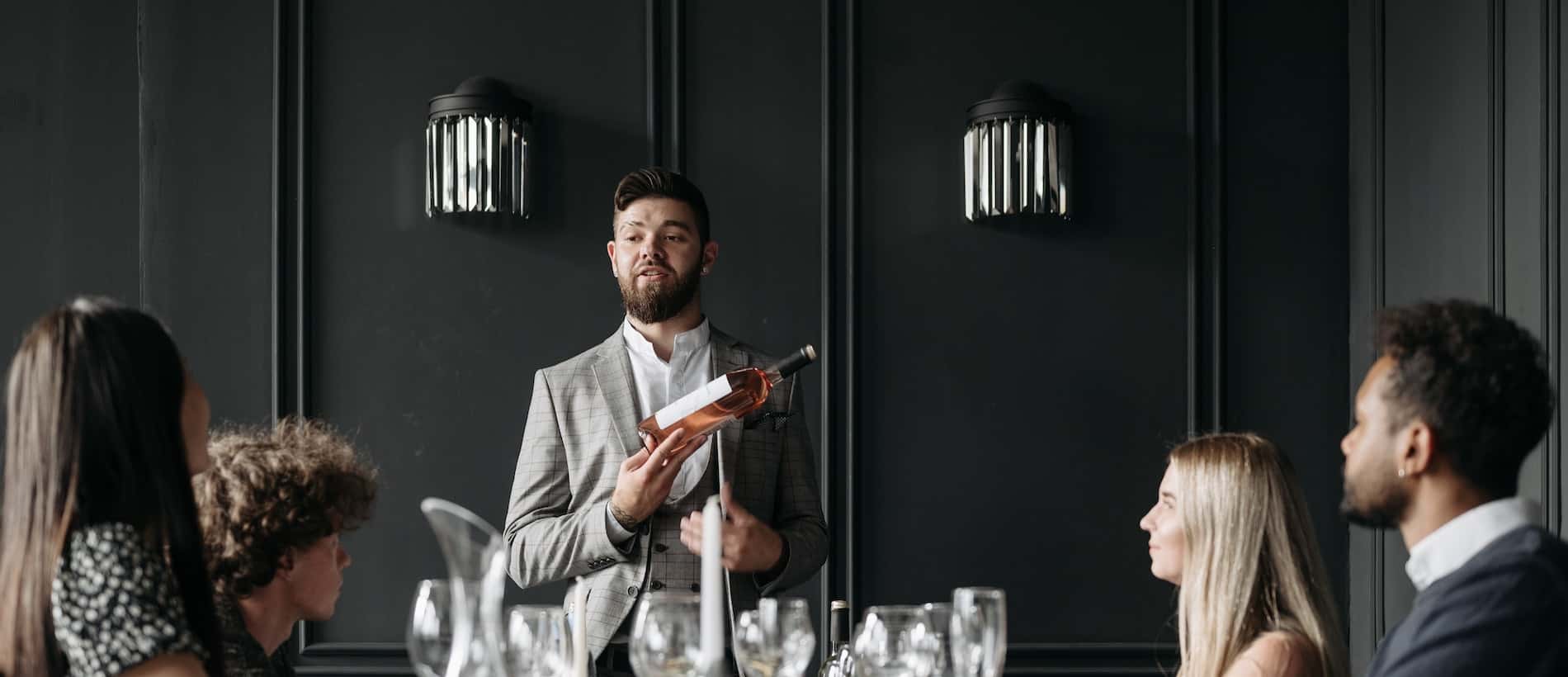
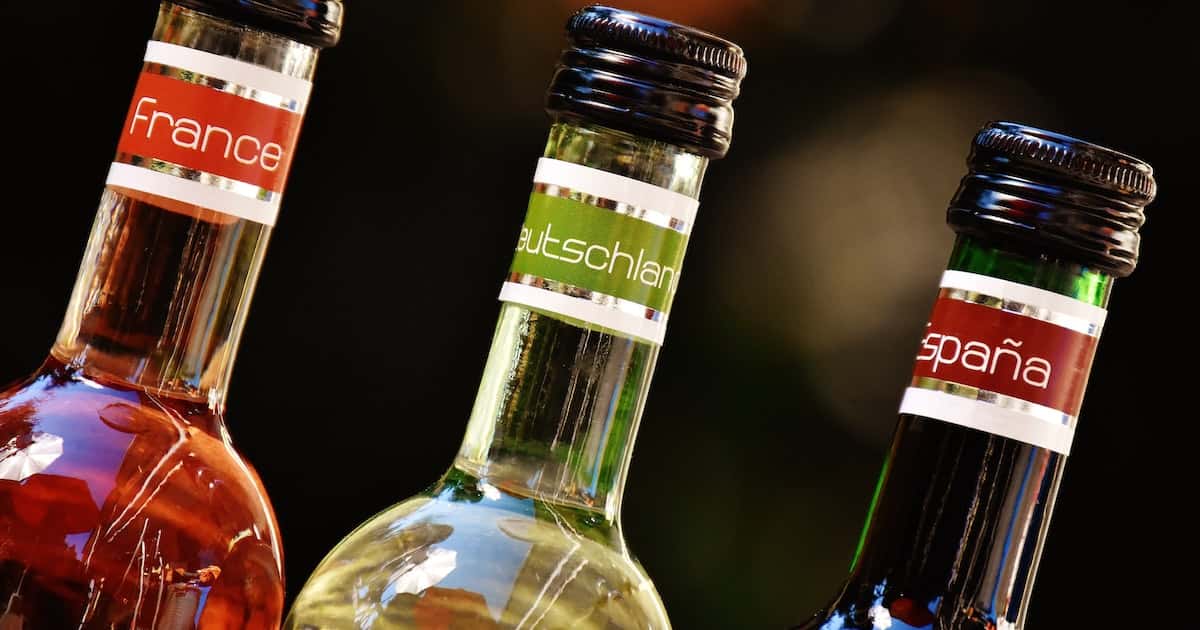
Wine production is part of human history – dating back to the Neolithic period, 8000 BC. But within the past decade, several new winemaking trends have come into focus. And terms like low calorie, low sugar, gluten-free, natural, certified organic, responsibly sourced and packaged, and even vegan-friendly now apply to wine.
And one trend with the most potential is the rise of non-alcoholic wines.
While no official classification exists, many countries define and regulate non-alcoholic wines according to Alcohol By Volume (ABV). In the United Kingdom, non-alcoholic wine must contain less than 1.2% ABV and even less in Australia at 1.15% ABV.
In India, 0.0% ABV is required by the Food Safety and Standards Authority. If any amount of alcohol is present, the drink is regarded as alcohol.
And in the United States, the Food and Drug Administration (FDA) classifies these wines as food that must contain less than 0.5% ABV.
Just for a little perspective, an average California Cabernet Sauvignon averages 14.5% Alcohol By Volume (ABV).
During traditional winemaking, many factors determine a grape juice’s sugar content. And yeast, added during fermentation, converts that sugar into carbon dioxide and alcohol. If there is a high sugar level during the fermentation, the wine will have a high alcohol level.
For the finished wine to have a lower alcohol percentage, winemakers must stop the fermentation before all the sugar is consumed or remove the alcohol in a separate process.
There are two main processes for making non-alcoholic wine: Vacuum Distillation and Reverse Osmosis. Both of these processes start with actual alcoholic wine and end with wine that has little to no alcohol.
This method boils the wine in a vacuum chamber at low temperatures. The process not only evaporates the wine but volatilizes and destroys the aromatic compounds. This leaves the wines devoid of floral aromas. Luckily, very few non-alcoholic wine brands use this process.
This method uses a unique multi-stage filtration system. The aroma compounds are filtered out in the first stage, leaving only water and alcohol. Stage two separates the alcohol by distillation. At stage three, water is added back to the filtered wine concentrate. Luckily, many polyphenols, such as resveratrol, remain in the wine after alcohol removal. This process is repeated several times before all of the alcohol is removed.
There is also a trade-off between traditional wines and non-alcoholic wines.
Although technology is improving, there is a noticeable difference in the taste and complexity of non-alcoholic red wines.
This difference is because the wine’s alcohol is not just for inebriation. Alcohol transmits aromas to the nose as it evaporates. By removing the alcohol, we destroy that mechanism. And after distillation, smell and flavor are only associated with post-fermentation components.
Reverse Osmosis also contributes to the loss of texture by filtering out a wine’s tannins. Primarily associated with bitterness, tannins also give a wine body and complexity.
Then why bother with non-alcoholic wine? Well, in addition to lower calories and not having to worry about embarrassing social media pics from too many glasses of wine, non-alcoholic wines have possible health benefits.
Related: How to Read a Wine Label
A surprising number of international studies extol the benefits of non-alcohol red wine, which come in two primary forms: an overall reduction of alcohol consumed and the antioxidants polyphenols.
French researchers studying cardiovascular health found that artificially lowering the alcohol level of a Cabernet Sauvignon (from 12% ABV to 6% ABV) didn’t remove any of the beneficial antioxidants.
And a Spanish study found that non-alcoholic red wine boosts nitric oxide levels — lowering blood pressure in men. The same Spanish study concluded that non-alcoholic wine reduces the risk of heart disease by 14% and strokes by 20%.
Research studies have also shown that polyphenols reduce the risk of blood clots and lower low-density (LDL) – promoting circulation and preventing blood vessel damage.
While research is in its infancy, preliminary studies show an interesting factor linking non-alcoholic phytochemicals to the reduction of the progression of neurological disorders like Alzheimer’s and Parkinson’s Disease.
And, of course, non-alcoholic wine can be a health benefit for those looking to control caloric intake. A traditional glass of wine has three to four times the calories of a non-alcoholic counterpart.
Currently, there are over 120 non-alcoholic brands. And with the overwhelming potential of non-alcoholic and low-alcohol wines, the choices are likely to expand. Whether enjoying a non-alcoholic wine for health reasons, to stay alert during a work function, or for an eclectic summer alternative, non-alcoholic wines are here to stay.
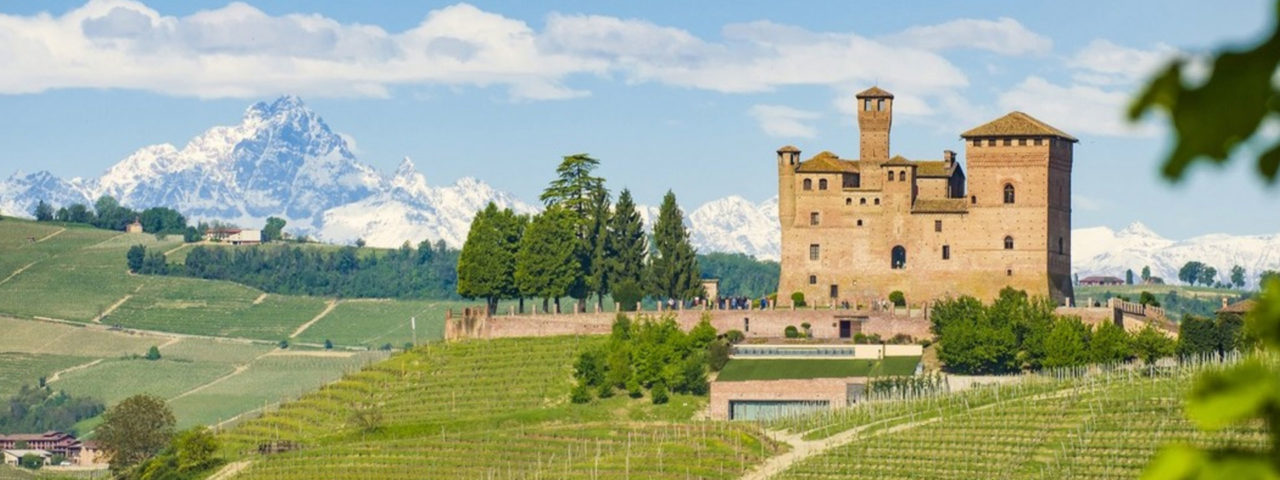
Oct 23 – 30, 2021
6 nights, 7 days
Milan, Barolo, Alba, and Turin
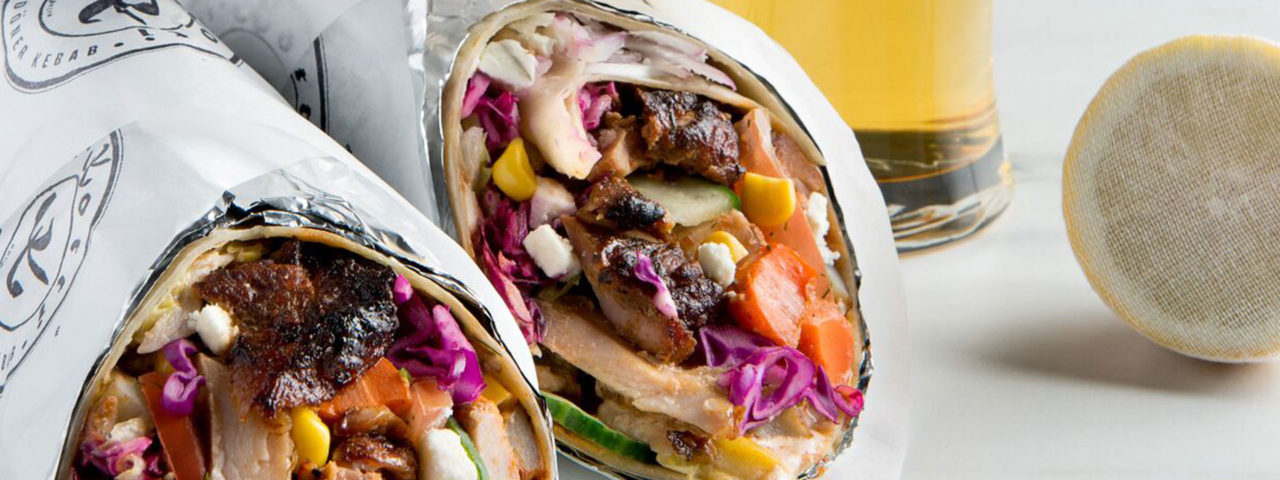
Join us for a Virtual Food & Wine Pairing with Brooklyn’s Kotti Berliner. Explore delicious döner kebabs paired with wine. Meet Kotti founder, Erkan Emre.
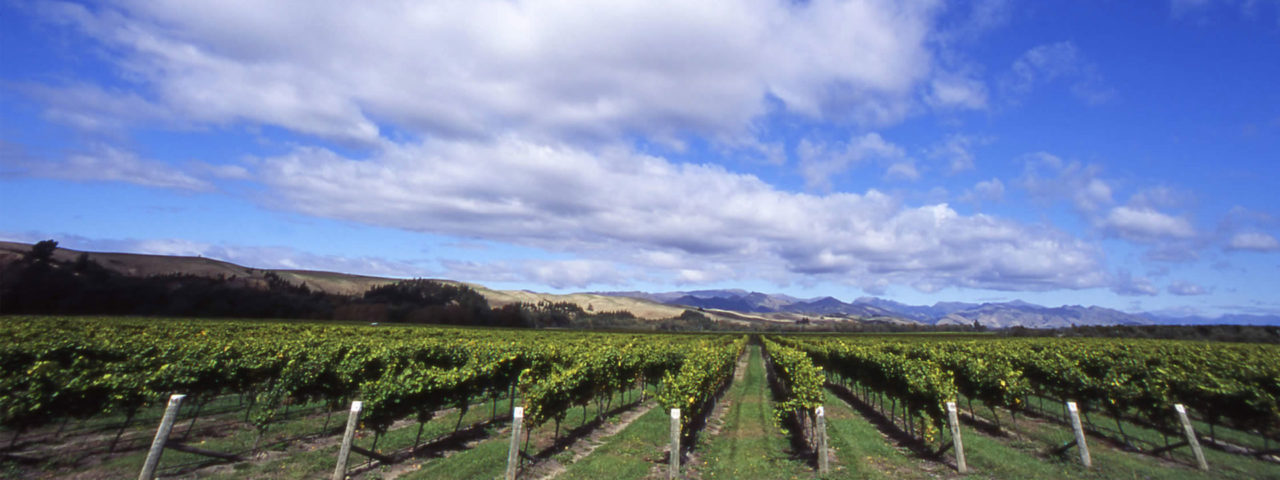
Join us for a Virtual Tasting with one of America’s leading importers of high-quality Portuguese wines.
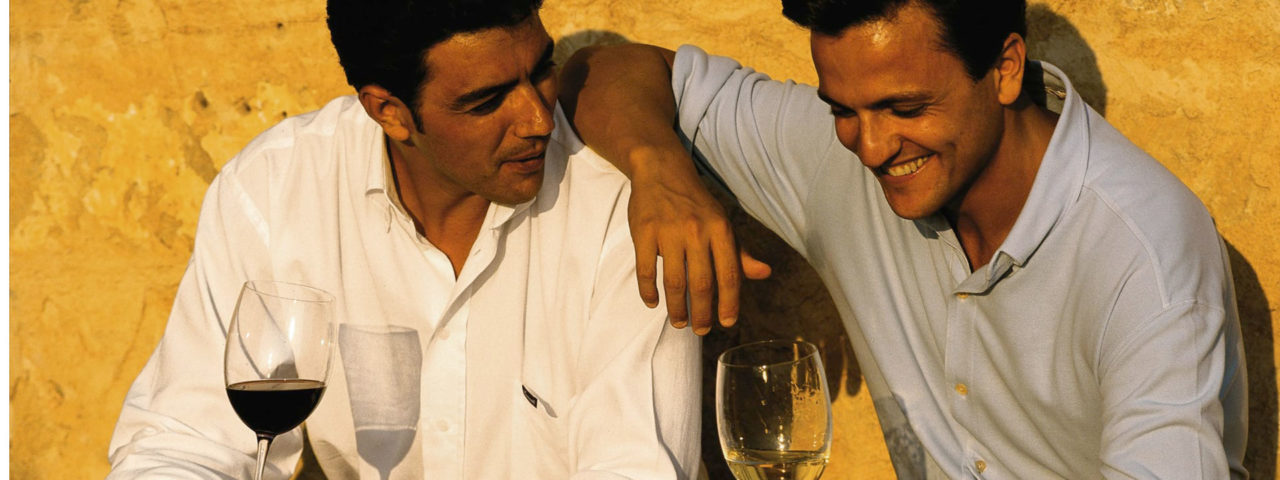
Join us for a Virtual Tasting with the maker of the #1 selling Sicilian wine in the U.S.
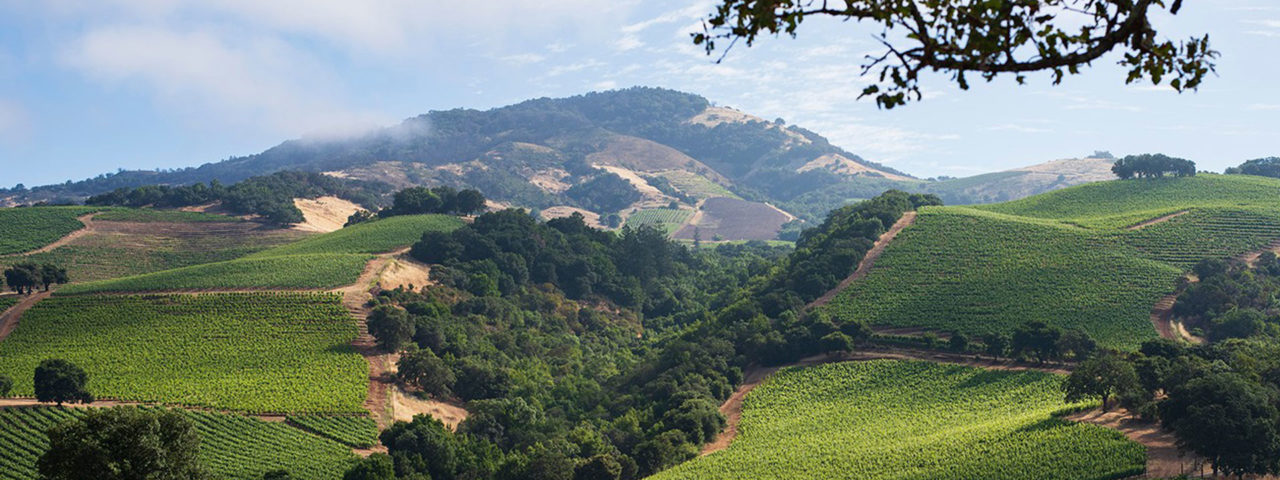
Join us for a Virtual Tasting. The Kunde family has farmed an 1,850-acre estate in Sonoma Valley for 100 years.

Join us for a Virtual Tasting. Great wine starts in the vineyard.
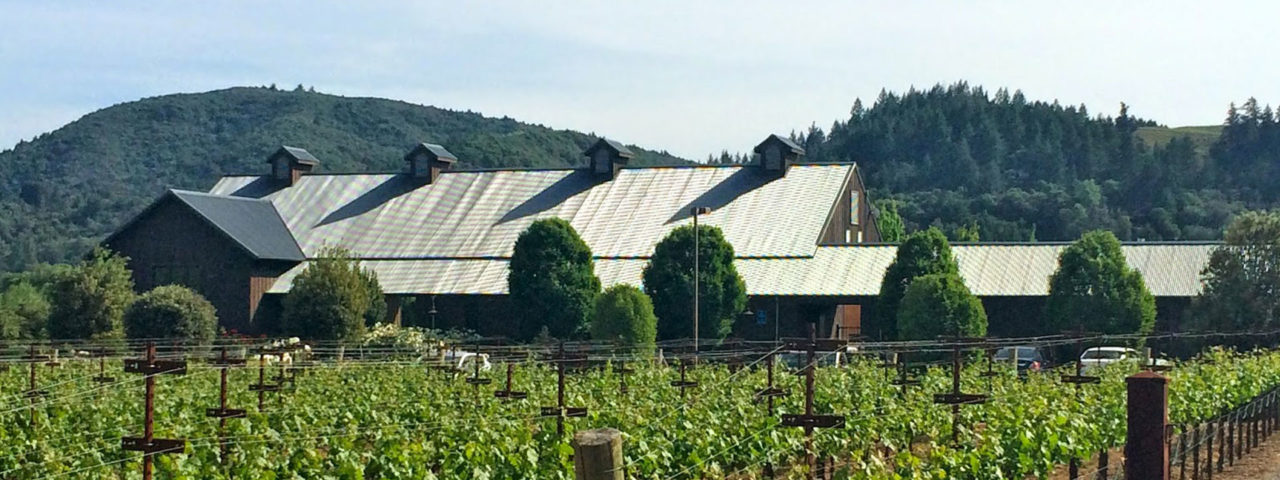
Join us for a Virtual Tasting. Distinctive and hand-crafted wines produced from award-winning vineyards.
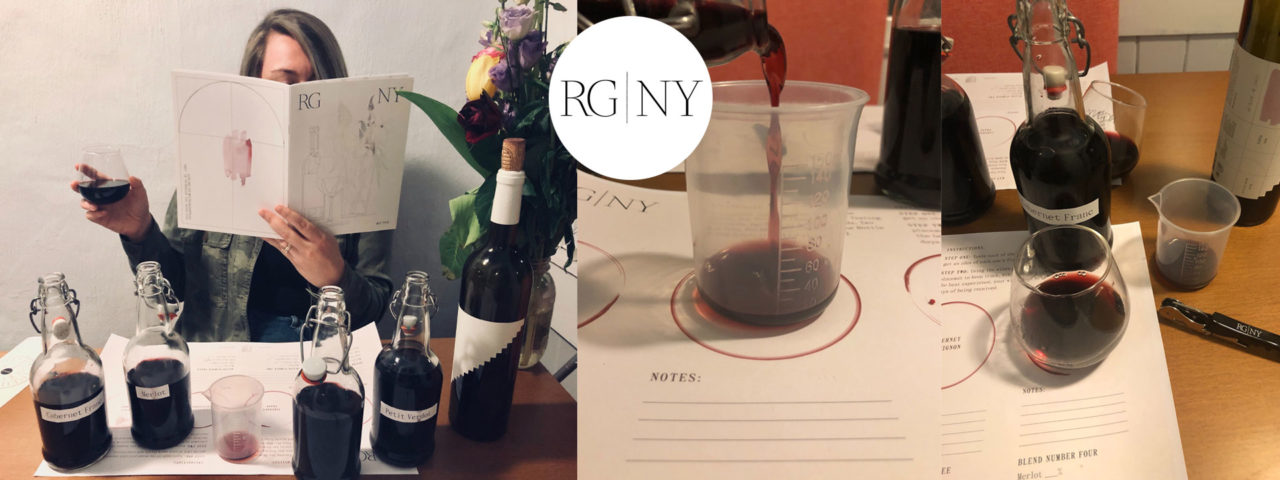
Be your own winemaker for a day — guided by a professional on Zoom video!
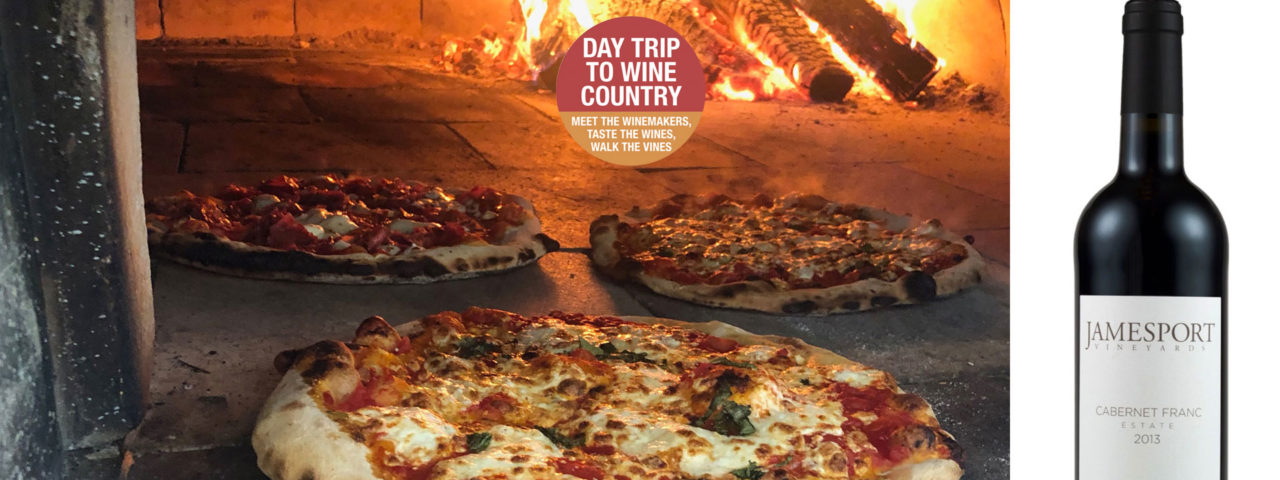
What’s better than great wine and artisanal pizza?
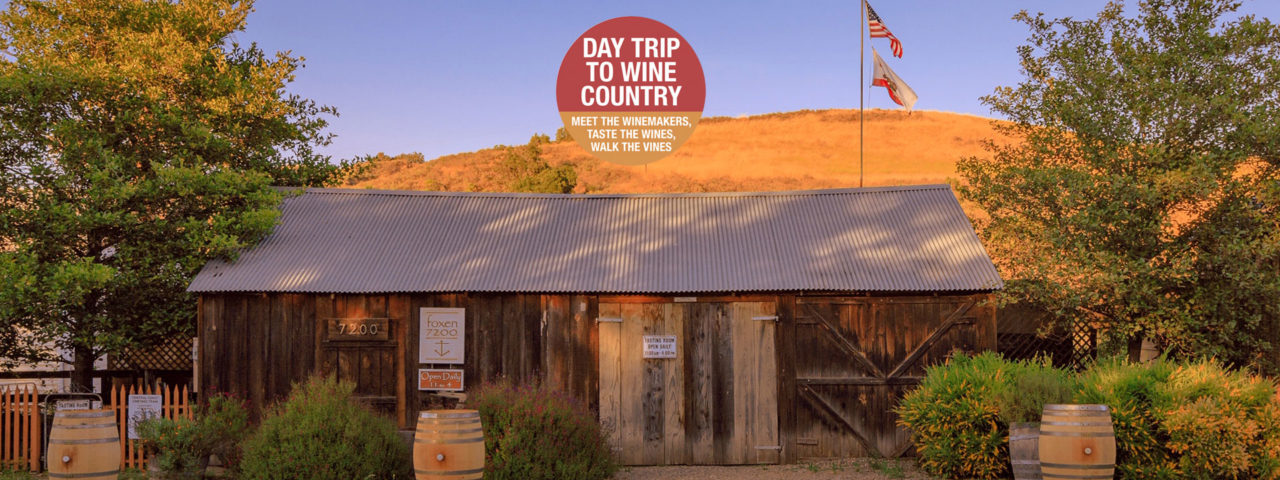

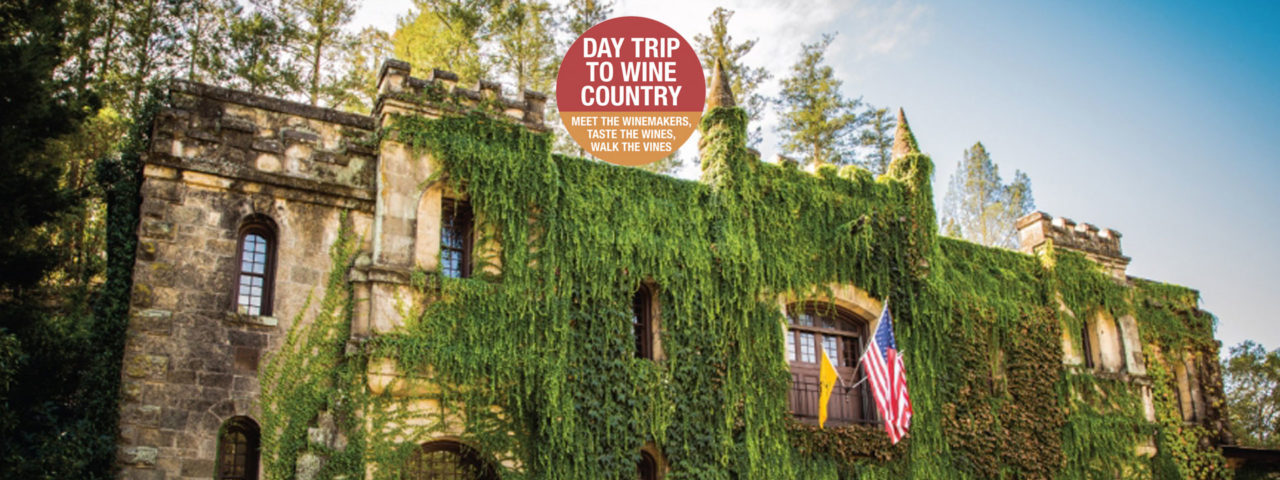

The New York Times described Ridge Monte Bello as “America’s greatest Cabernet Sauvignon.”
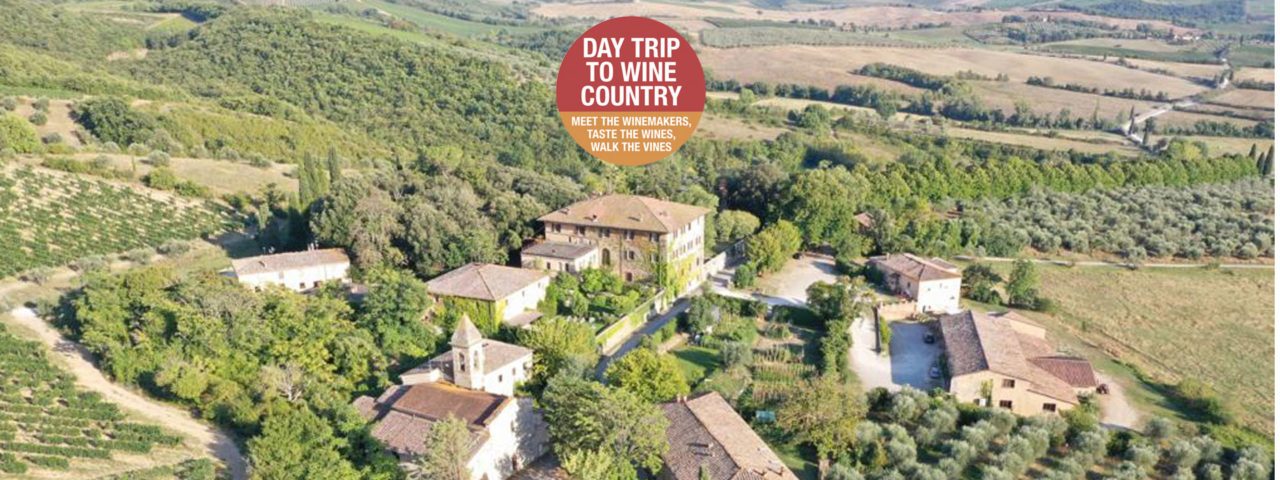
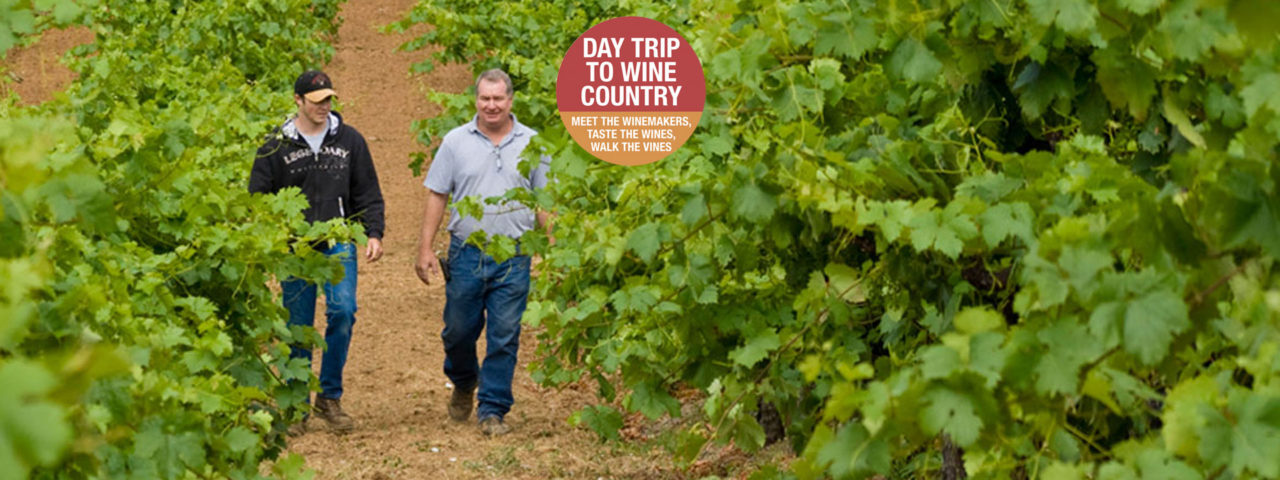
Four Generations of Family Pride at Pedroncelli Winery, since 1927
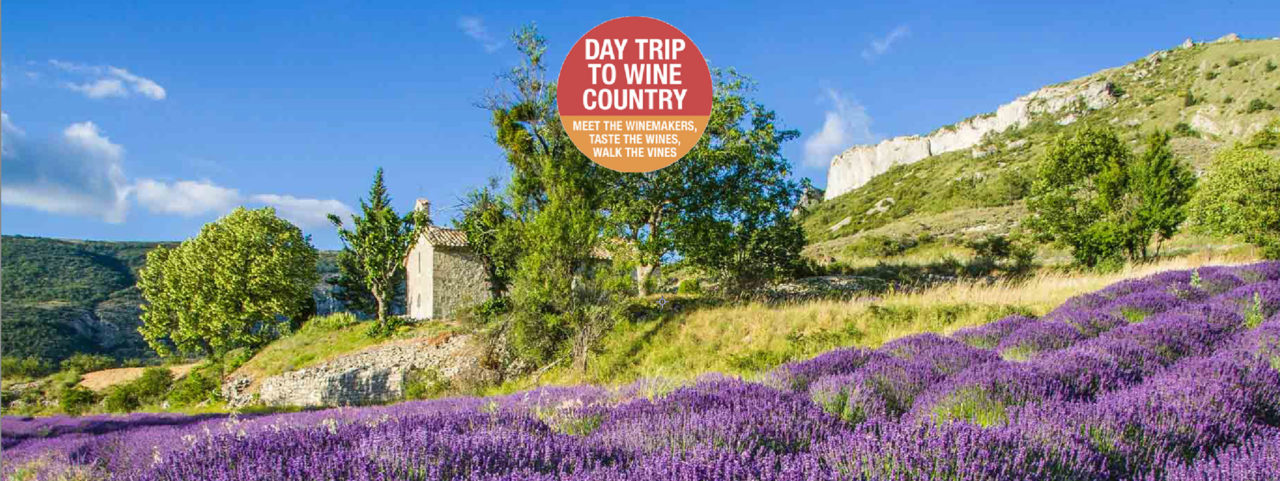
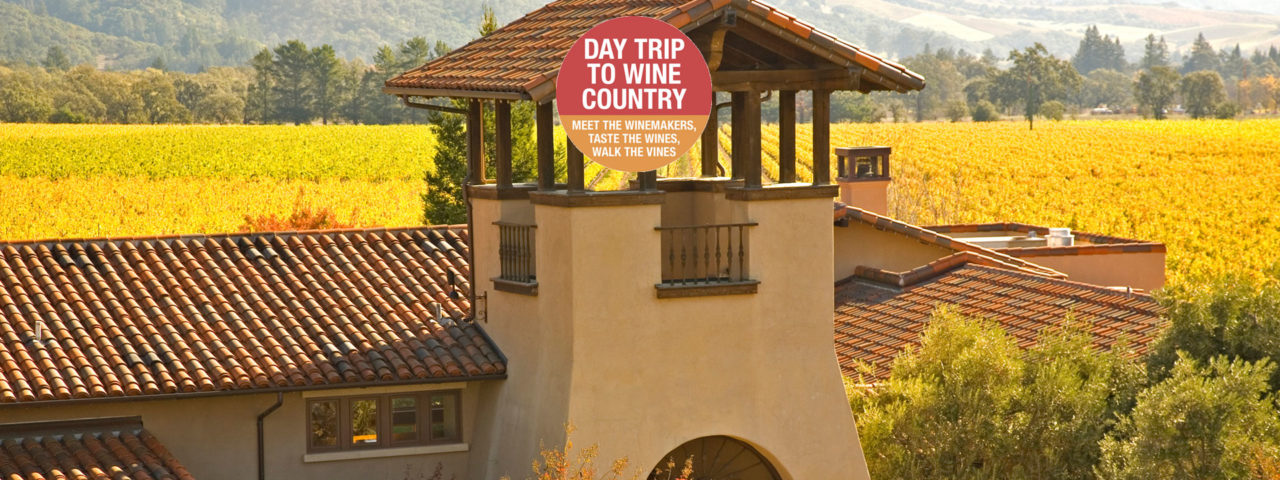
Voted “#1 in America” in 2013 and 2015 by Open Table customers.
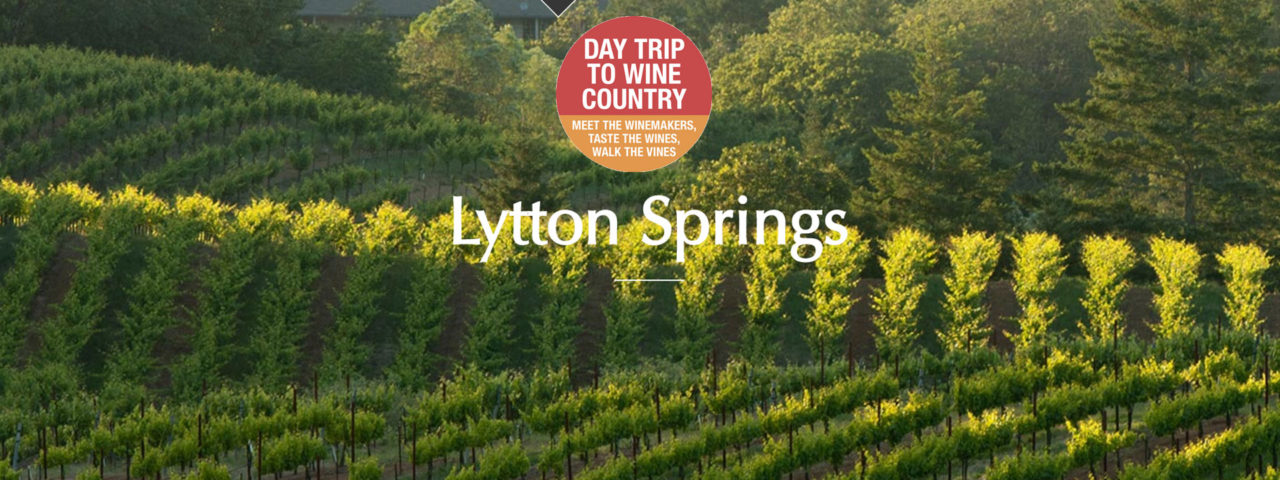
The New York Times described Ridge’s Cabernet Sauvignon as America’s greatest.

Visit the famous wine-growing region of Lodi County, California – virtually!
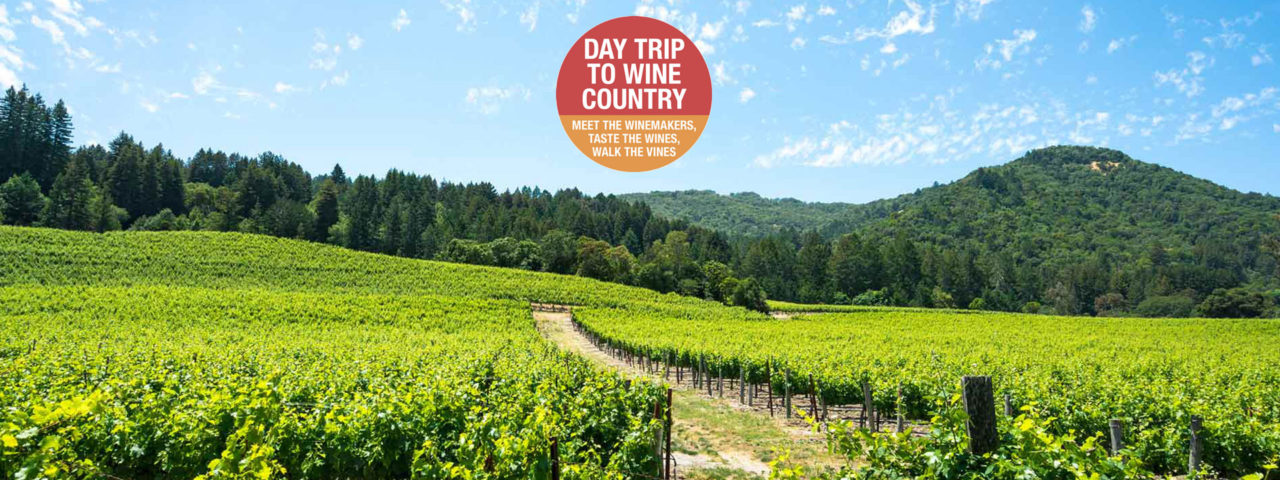
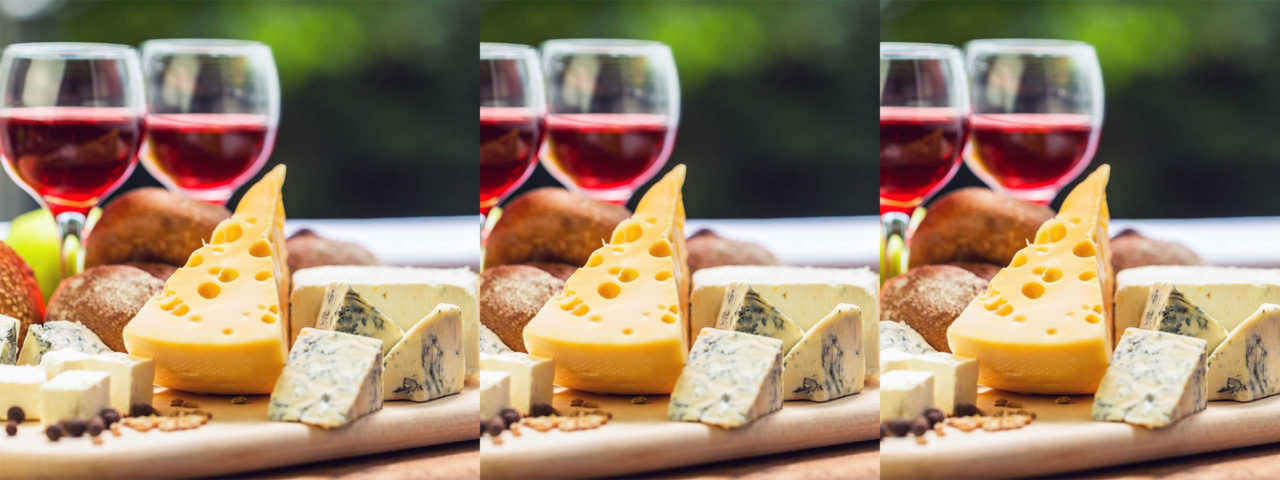
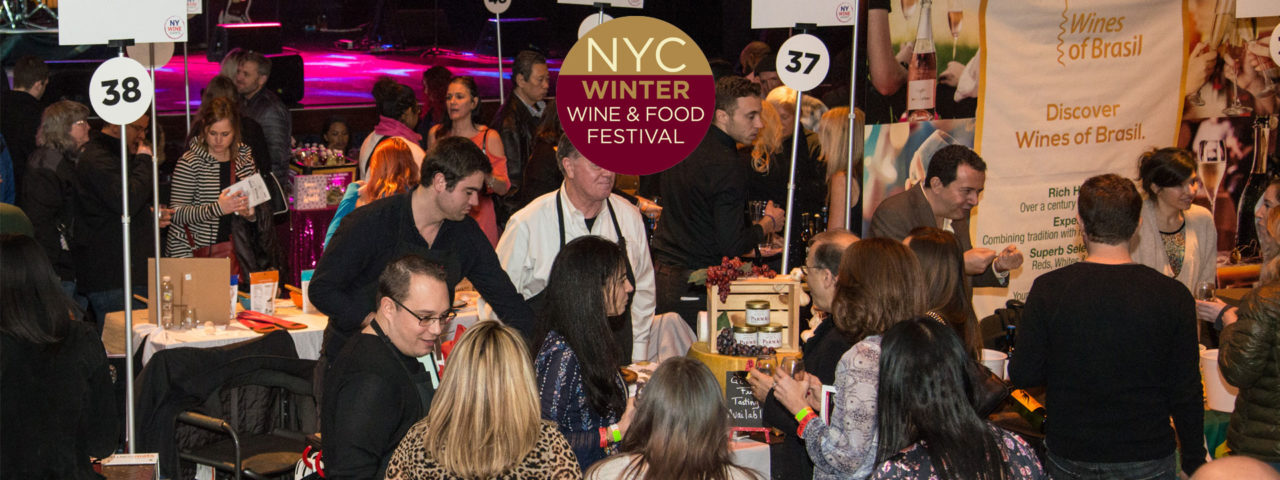
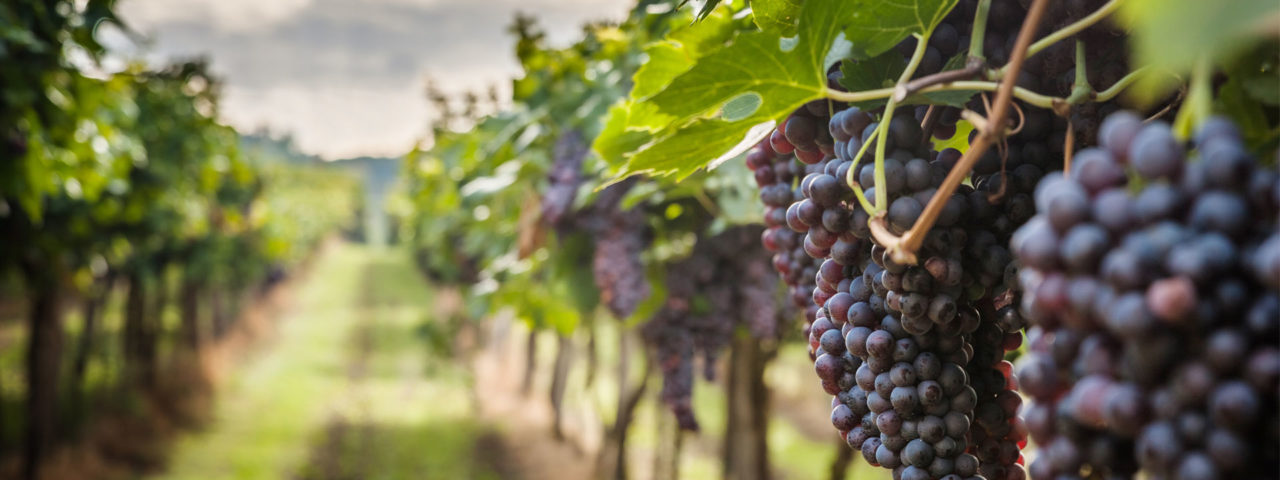
Join RG|NY winemaker Lilia Perez, for a unique tasting and blending session.
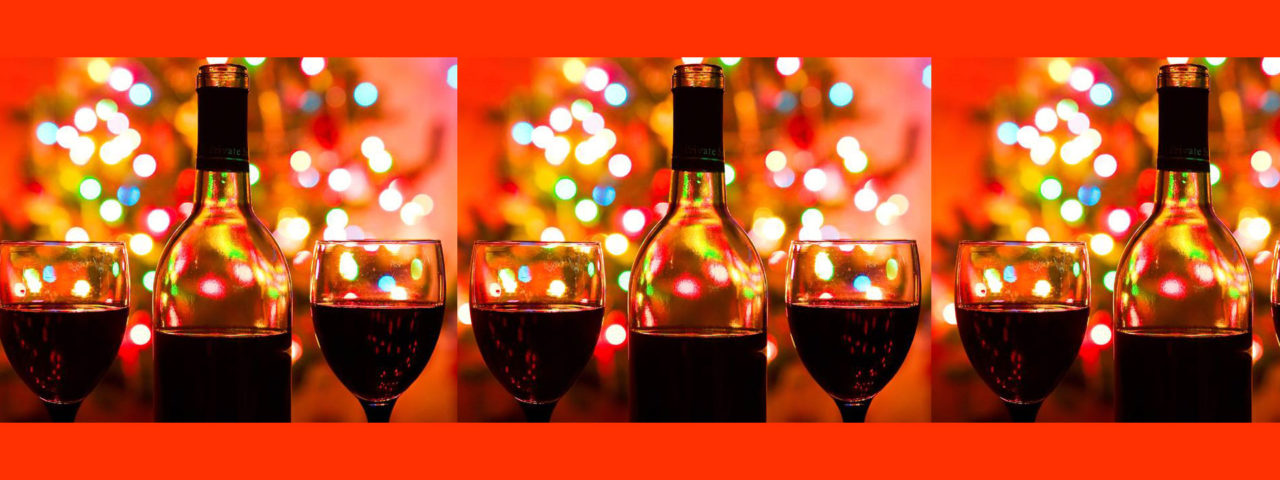
Don’t miss the ultimate holiday wine tasting event in the Hudson Valley. Sales end Thursday, Dec 12 at 11:59pm!
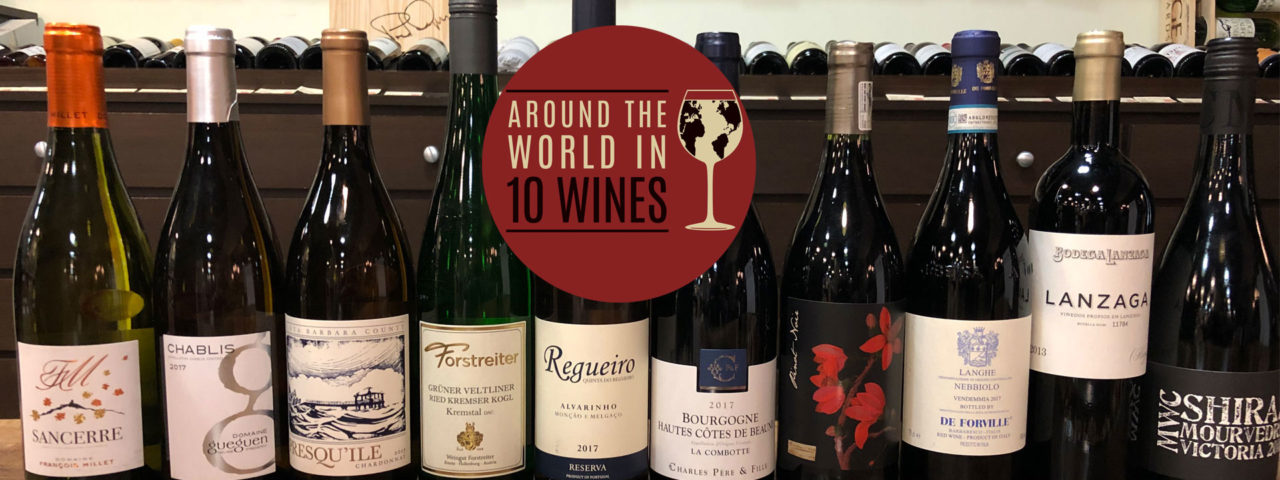
Experience a global tasting in 2 hours with award-winning artisan cheese and charcuterie
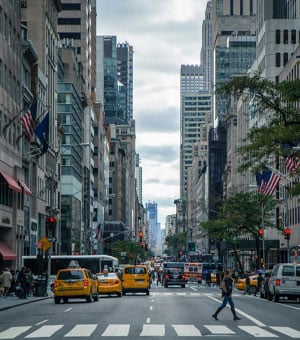
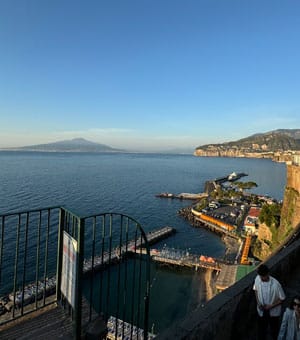
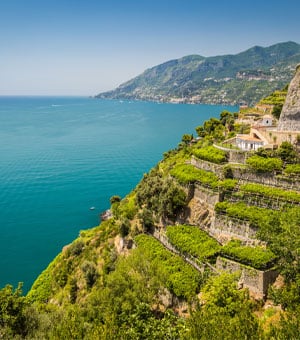
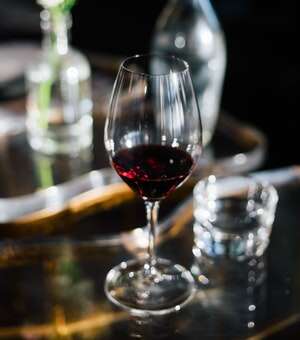
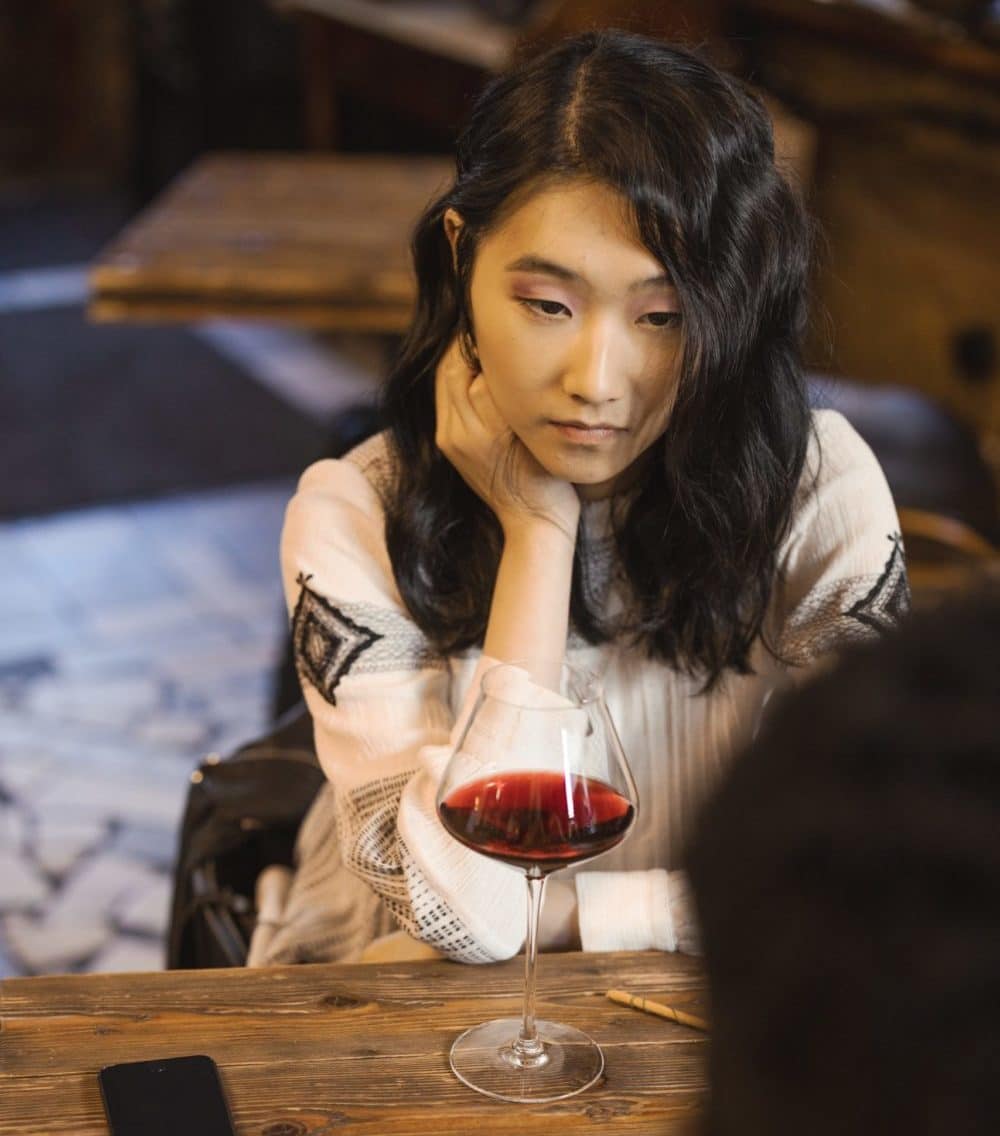

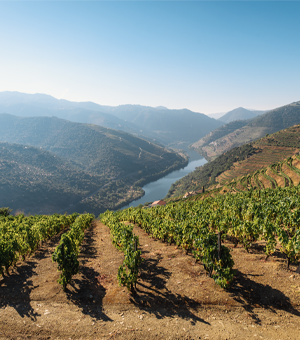
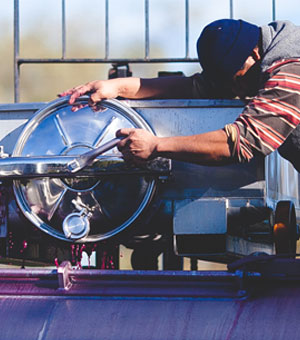
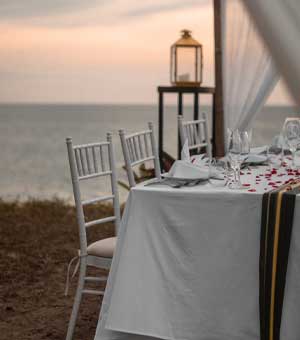
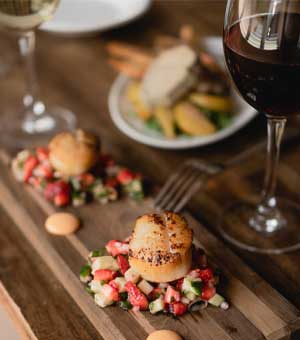
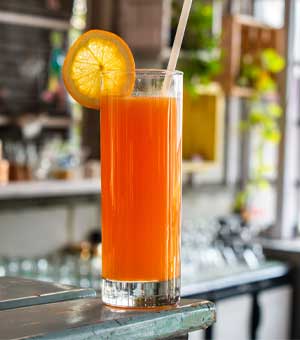
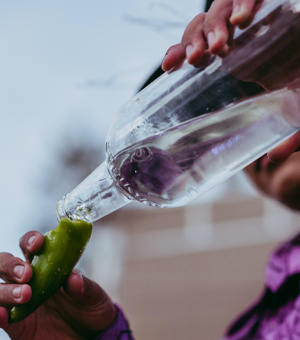
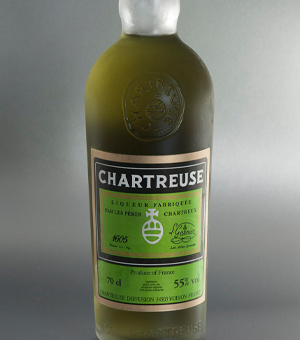

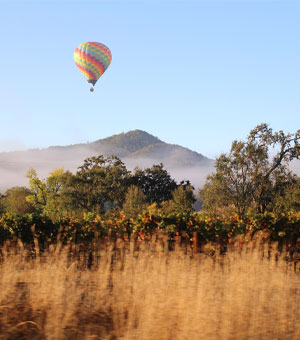
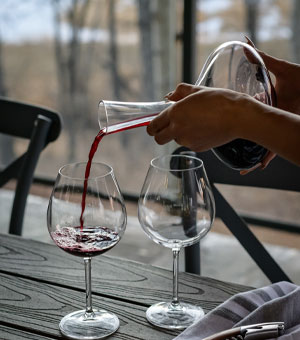
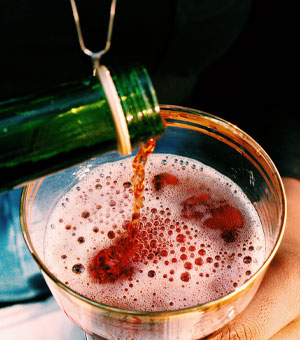

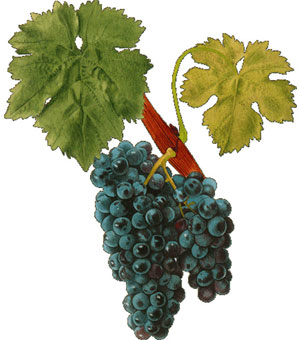

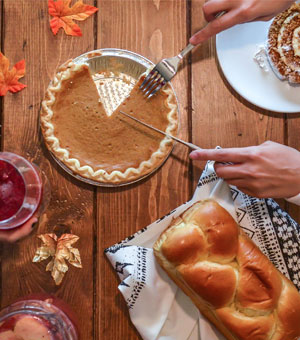
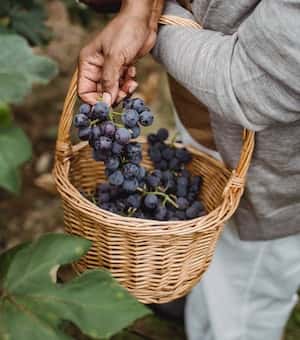
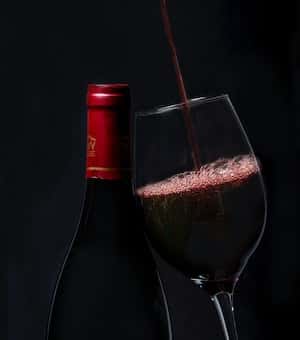

© 2025 Crush Wine Experiences DBA Winship Media. All rights reserved.
| Cookie | Duration | Description |
|---|---|---|
| cookielawinfo-checkbox-analytics | 11 months | This cookie is set by GDPR Cookie Consent plugin. The cookie is used to store the user consent for the cookies in the category "Analytics". |
| cookielawinfo-checkbox-functional | 11 months | The cookie is set by GDPR cookie consent to record the user consent for the cookies in the category "Functional". |
| cookielawinfo-checkbox-necessary | 11 months | This cookie is set by GDPR Cookie Consent plugin. The cookies is used to store the user consent for the cookies in the category "Necessary". |
| cookielawinfo-checkbox-others | 11 months | This cookie is set by GDPR Cookie Consent plugin. The cookie is used to store the user consent for the cookies in the category "Other. |
| cookielawinfo-checkbox-performance | 11 months | This cookie is set by GDPR Cookie Consent plugin. The cookie is used to store the user consent for the cookies in the category "Performance". |
| viewed_cookie_policy | 11 months | The cookie is set by the GDPR Cookie Consent plugin and is used to store whether or not user has consented to the use of cookies. It does not store any personal data. |
